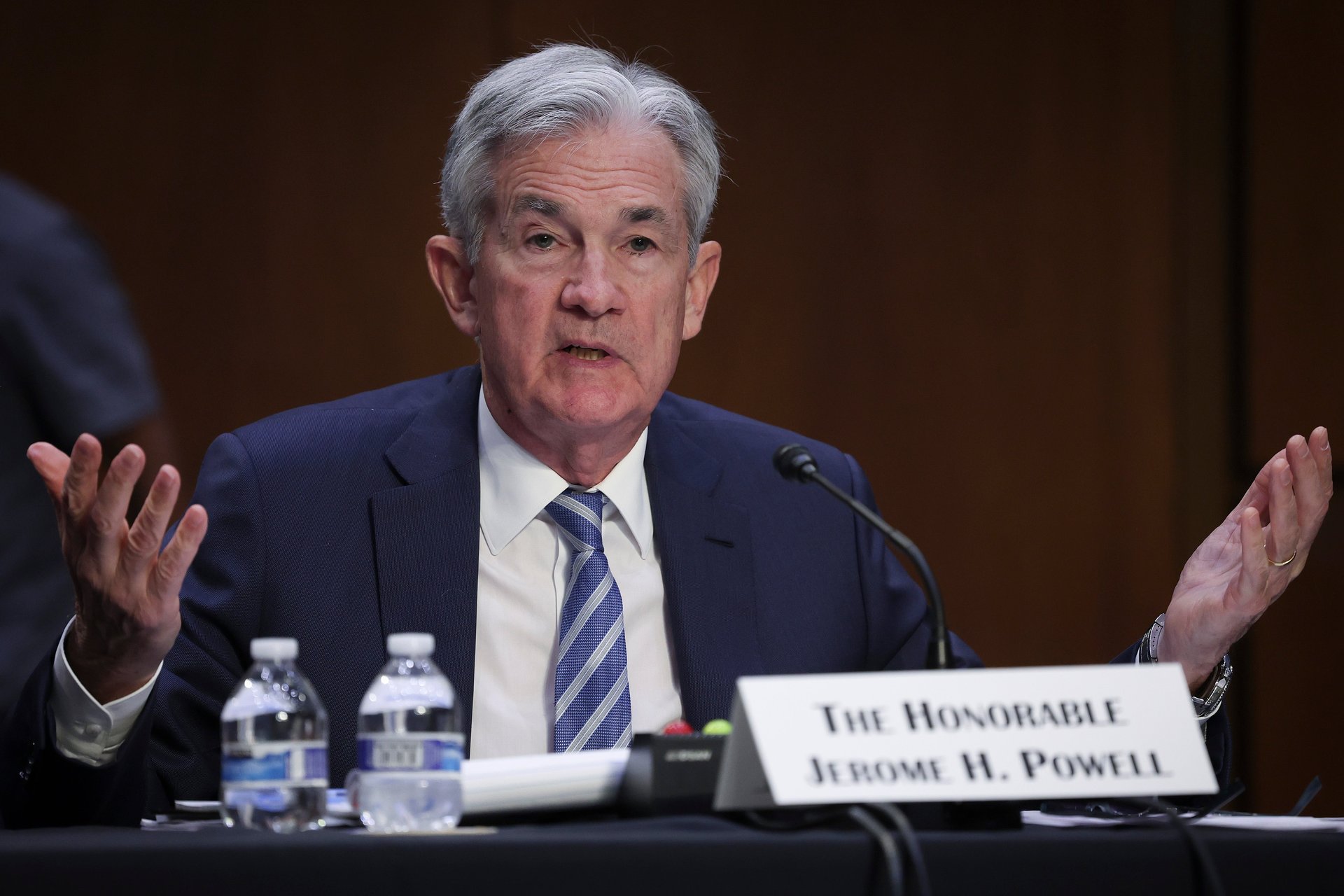Weak private sector jobs report has Trump fuming at Powell to lower interest rates
The U.S. economy added just 37,000 private jobs in May, and the president wants the Fed to hit the panic button

The labor market is flashing a warning sign: Private employers added just 37,000 jobs in May, according to Wednesday’s ADP National Employment Report. That’s the weakest reading since early 2022 and well below Wall Street’s already muted forecast of 110,000 jobs.
Suggested Reading
The slowdown adds weight to fears that the job market, long a pillar of the post-pandemic recovery, may be starting to buckle amid macroeconomic uncertainty. And the weak report immediately drew political fire. President Donald Trump lashed out at Fed Chair Jerome Powell — again — Wednesday morning, calling for immediate rate cuts in response to the soft hiring data.
Related Content
“ADP (ADP) NUMBER OUT!!! ‘Too Late’ Powell must now LOWER THE RATE. He is unbelievable!!! Europe has lowered NINE TIMES!” Trump posted on Truth Social.
Trump has been calling for lowered interest rates for months, but the Fed has indicated that it will hold steady, especially amid chaos caused by the president’s tariffs and trade wars — Powell said recently that economic uncertainty is “extremely elevated.”
While inflation remains above the Fed’s 2% target, slowing job growth could shift the central bank’s calculus ahead of its June policy meeting. Markets are increasingly pricing in a potential rate cut no earlier than September — and soft labor data only reinforces that view.
Bill Adams, the chief economist for Comerica Bank (CMA), said the Fed “will take notice of slower job growth, but this won’t be enough to convince them to cut interest rates near term.” Adams pointed to the fact that labor force growth will be slower in 2025 due to the Trump administration’s stance on immigration, “so less job growth is needed to hold the unemployment rate steady.”
According to the ADP report, the slowdown in hiring was widespread across industries.
Manufacturing shed 20,000 jobs, while leisure and hospitality added just 12,000 — a far cry from the sector’s typical post-pandemic gains. Small and midsize businesses took a clear hit, with companies of 20–49 employees losing 36,000 jobs. Meanwhile, construction, one of the few bright spots, added 32,000 positions, and education and health services chipped in 46,000.
The ADP’s chief economist, Dr. Nela Richardson, said: “After a strong start to the year, hiring is losing momentum.”
She noted that that pay growth was little changed in May, “holding at robust levels for both job-stayers and job-changers.” Annual pay increased by 4.5% in May, and pay gains for job-changers were 7%. These figures remained unchanged from April and suggest that despite reduced hiring momentum, employers kept consistent pay increases for both existing employees and hires.
The ADP report doesn’t always line up with the Bureau of Labor Statistics’ official payrolls data — which will come out on Friday morning — but for investors and economists the ADP report is seen as an early signal. Comerica’s Adams noted that “the monthly jobs reports are noisy and ADP and the Bureau of Labor Statistics’ data often diverge over the short term.”
Still, if Friday’s jobs report confirms a similar cooling trend, it could reshape the Fed’s tone heading into summer.
